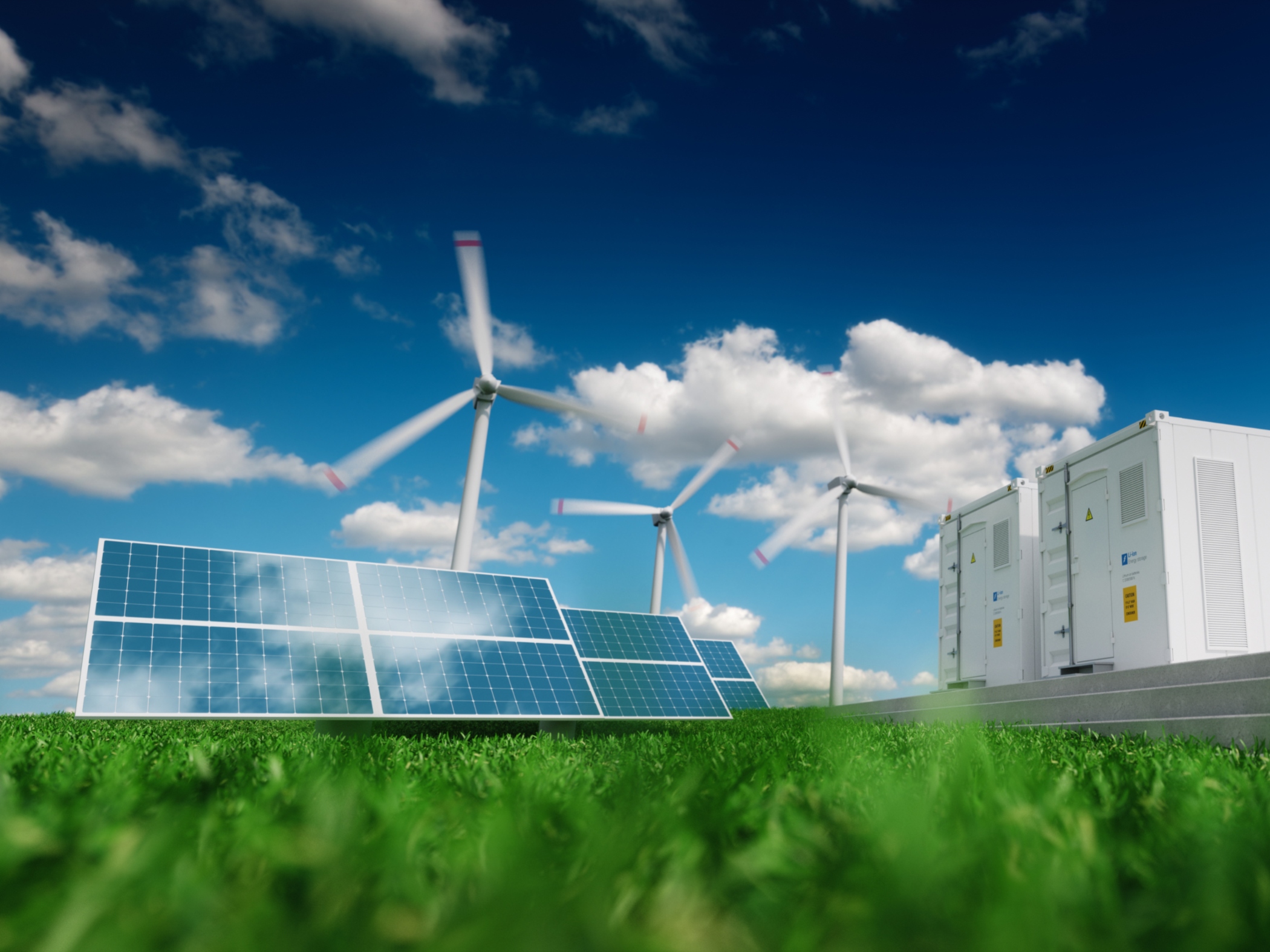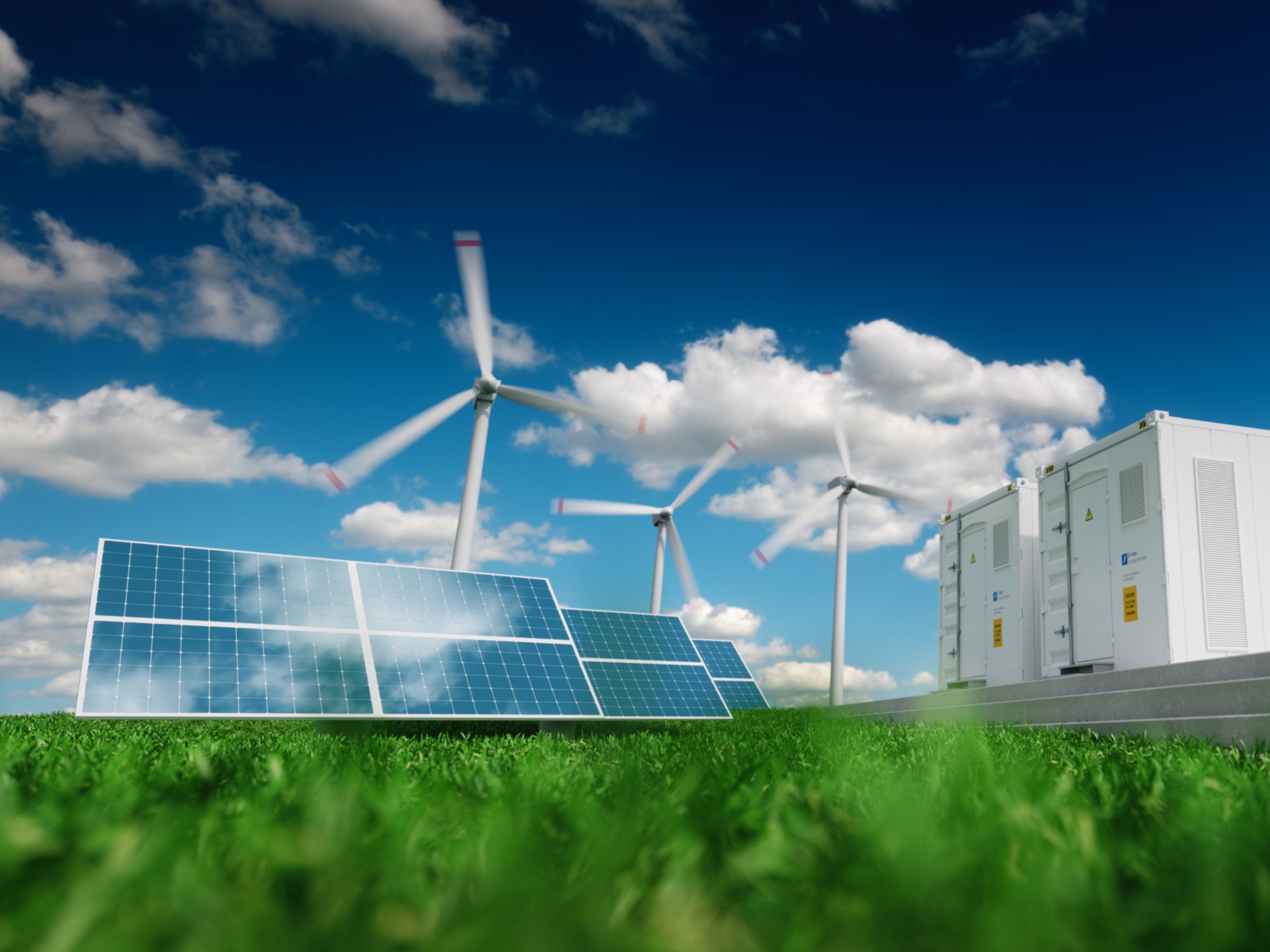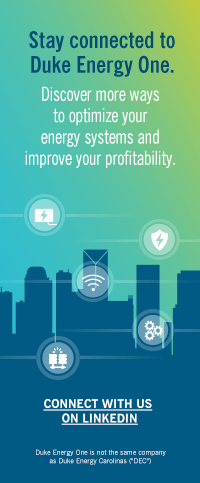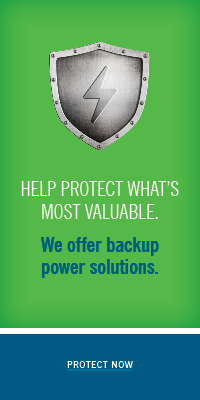
The electric grid is a complex network that delivers power from generating plants, often over long distances, to communities, homes and businesses. Microgrids are local grids designed to operate in conjunction with or independently of the larger grid. A growing number of facilities and communities are relying on microgrids to provide emergency backup power or reduce operating costs.
In the past several years, the Duke Energy Emerging Technology Office has developed, installed, and operated two microgrids in the Charlotte, N.C., area with the objective of trying to understand and address the engineering issues and capabilities associated with this innovative technology. Advances in technology over the last decade have enabled the creation of microgrid test beds, with solar farms, diesel or national gas generators and batteries for energy storage powering these systems.s.
How microgrids work
A microgrid is a networked group of localized energy sources that usually operate connected to the traditional, centralized power grid. When needed, a microgrid can disconnect from the grid and operate independently in 'island' mode,' maintaining critical loads on its own under the control of a centralized system.
Microgrids use a wide array of energy sources to generate electricity: distributed generators, gas turbines, fuel cells, batteries and/or renewable energy sources, such as photovoltaic panels. The variety of energy sources helps to spread the risk of a disruption in power supplies and save money in the process. Depending on the fuel mix and how well it's managed, a microgrid can run indefinitely.
The benefits of microgrids
According to a Pew Charitable Trusts report, microgrids have five major advantages over standalone generators:
- Efficient sizing: A microgrid shares resources across many buildings, which reduces the volume of power needed to back up critical loads.
- Maintainability: A microgrid relies on a few, large generation units that typically have standardized features, making it easier and less expensive to maintain.
- Reliability: A microgrid can provide a high level of reliability because its networked structure ensures that if any single generation unit fails, another can instantly take its place.
- Flexibility: Because microgrids are networked, they can respond to changes in electricity needs at no cost and integrate the power from renewable energy sources.
- Coverage: Because a microgrid is sized to meet peak loads, excess generation is almost always available and can serve any load to which the microgrid is connected.
Small town saving big with microgrid
The Town of Sterling, Mass. installed a microgrid consisting of a 2-MW system of lithium-ion batteries and 3-MW solar array. The system is designed to provide power to emergency response facilities during an extended outage and save money through lower peak demand and transmission charges. Overall, the microgrid is expected to save the community more than $400,000 a year.
At Duke Energy One, we replace, upgrade, retrofit and maintain existing and new energy solutions, including backup generators, central utility plants, chillers, boilers, air compressors, HVAC systems, lighting, UPS, electrical infrastructure, co-generation and more. Duke Energy One focuses on supporting investments “past the meter” for businesses across the United States. Call us at 800.288.6807 to find out more about how we can help you reach your business’s energy goals.



